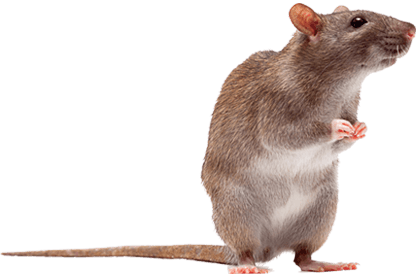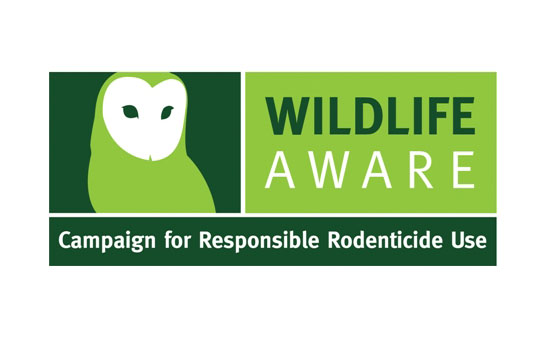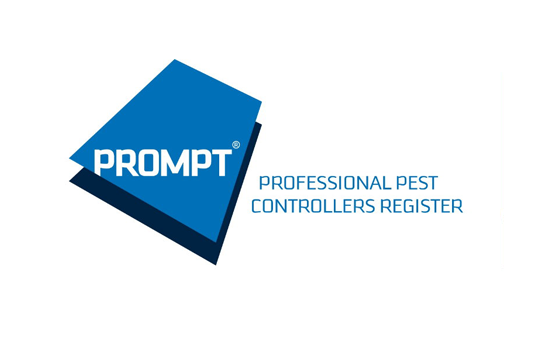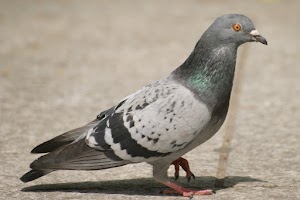Clothes Moths
How to tell if you have Clothes Moths 
- Look for 1/2-inch long buff-colored moths with narrow wings that have hairs along the edges. These are adult clothes moths. The adults do not eat fabric, but their presence means that eggs will be laid that will produce fabric-eating larvae.
- Check for the clothes moth larvae if adult moths are present. The larvae are creamy-white colored caterpillars, which can be as much as a 1/2 inch in length. Identify webbing clothes moth larvae by their feeding tunnels of silk, or webbing patches left behind on the fabric as they move around.
The first thing most people notice is the damage caused to clothes, fabrics or carpets but there are other indicators of a moth infestation:
- Small maggot-like larvae (moth caterpillars)
- Silken tubes or ‘cases’ in which the moth larvae live
- Pupae (silk cocoons) from which larvae eventually emerge as adult moths
- Adult moths that are often crawling rather than flying.
Upon identifying an infestation, DO NOT tidy up any evidence just Contact Us and we will help/advise with the next step in preparing an eradication program.
The program will consist of:-
- We would start with a thorough inspection of all known and suspected spots where they might be hiding.
- Customer to try get a sample for us to identify.
- We only carry out a treatment when a confirmed infestation is present as this is the correct thing to do for many reasons, but the main one is cost savings. There is no point in paying to try and kill something that is not even present.
- Identifying the insect species causing the problem.
- We will ask you to start by removing all infested products, cleaning and vacuuming all areas to pick up any loose debris/insects
- Education explaining the life cycle and how their habits, habitat, and behavior affects the control plan.
- Treating affected areas by using safe effective control products.
- Scheduling a follow-up visit if required.
Prevention
Initial whole room treatment.
There may be moth around in the room that is affected, not just in the clothes. A pre or post-treatment that can be effective at killing moths that may be hiding under the bed or behind the curtains is to use an insecticidal smoke to smoke fumigate in the room.
Remove all the clothes, where possible freeze natural fibre clothes for 72 hours in polythene bags with as much air squeezed out as possible.
Freezing the clothes kills all stages of clothes moth immediately, whereas if you do not freeze clothes, the damage being caused may continue for a couple of weeks before the moth killer strip takes full effect. You could schedule the freezing over a couple of weeks providing you keep pre-frozen items in the moth proof bags linked to above until all the clothes have had the cold shoulder treatment!
So, you have emptied the drawers and wardrobe, separated out the natural fibre clothes and either frozen those or placed them in the SWEATER BAGS with a moth killer sachet. You now need to treat the actual furniture in order that any moth venturing inside the furniture can be killed.
Remove all drawers and carefully vacuum or brush down both the drawers and the inside of the clothes storage cabinet, then apply spray moth killer to all internal surfaces of the furniture, plus the rear outside panels if you can access them. Spray to “point of run off” which is a term that essentially means, spray to the point that the liquid is about to start to run down the item, avoid getting past the run point. A little practice will teach you how much to spray without the insecticide running off like the water on the walls of a shower!
Open drawers and wardrobe doors, close windows, seal open fireplaces and turn off fire alarms, then place sufficient smoke canisters onto an upturned dinner plate in the centre of the room, light, watch from the door to ensure the smoke canisters burn out totally without falling over, close the door and seal with masking tape. Re-open after four hours, open windows to ventilate for 15 minutes, the room can then be used straight away.
Practice strict sanitation measures. Thoroughly clean storage facilities beforehand by use of a strong suction vacuum cleaner to eliminate favorable development places. Inspect stored foods routinely and eliminate any dampness or high humidity conditions. Eliminate rodents, birds, and other insects as spider beetles feed on feces and dead insects.
Other Methods
- Keep buildings in good physical condition to reduce entry.
- Rotate food and nonfood stock; move out oldest stock first.
- Identify species correctly.
TESTIMONIALS
Please see some recent feedback.
Book Your Free Pest Evaluation Today
Book your free, no obligation site inspection today and one of our technicians will contact you to arrange a visit to your property at a time and date that suits you. Same day service available at no additional cost. Please complete and submit the form below or call us on 0800 002 9062 and one of our agents will assist you further.
Call us today for a free, no obligation quotation on 0800 002 9062
or email us to: info@avantipestsolutions.co.uk







